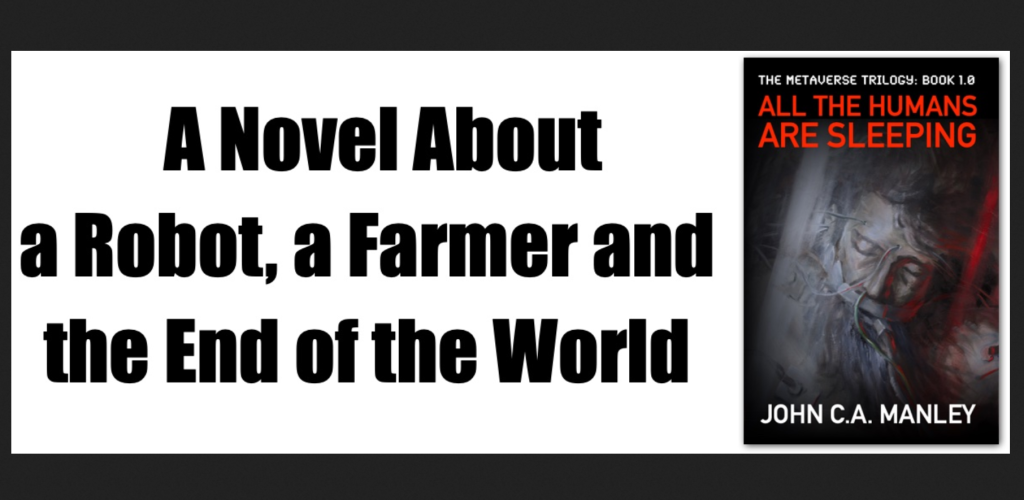In the alarming context of rising geopolitical tensions and the looming threat of nuclear conflict, John C.A. Manley’s latest novel, “All the Humans Are Sleeping,” offers a poignant yet satirical exploration of these fears through a speculative lens. Set in the year 2041, the narrative unfolds in a world ravaged by World War III, which has rendered the majority of Earth’s surface uninhabitable. With a grim backdrop, the story chronicles the plight of survivors who are rescued by AI-powered robots and taken to subterranean bunkers beneath the Arctic tundra. However, the heart of the narrative lies in the journey of a defiant farmer from Manitoba and his quirky robotic companion, both of whom reject the virtual reality implants designed to numb the pain of their harsh new reality. This premise encourages readers to ponder the implications of technology, artificial intelligence, and the essence of what it means to be human amidst disaster.
Manley, a Canadian author known for infusing humor with gravitas, has crafted a narrative that addresses not only the dystopian outlook on humanity’s future but also takes sharp aim at contemporary issues. His previous work, “Much Ado About Corona: A Dystopian Love Story,” similarly provoked critical thinking on the ethics of public health mandates. As the current political climate sees the Biden administration enabling Ukrainian forces to strike deep into Russia, fears of global conflagration are palpably mirrored in Manley’s fictional future. Patrick Corbett, a notable former director, underscores the power of fiction in elucidating deeper truths, suggesting that literary works, much like those of Shakespeare and Dickens, can distill complex social commentaries into engaging narratives.
Transitioning from a long career as a ghostwriter, Manley now channels his experiences into producing philosophical fiction that invites readers to engage viscerally with pressing societal concerns while also providing entertainment. Feedback from readers hints at an immersive experience—one filled with unexpected humor and moments of intense suspense—as they navigate the morally ambiguous landscapes crafted by Manley. Seán ÓLaoire, PhD, extols the author’s wide-ranging knowledge and ability to interweave critical themes in a way that captivates and shocks simultaneously, solidifying “All the Humans Are Sleeping” as a significant addition to contemporary dystopian literature.
Delving deeper into the thematic core of the novel, the juxtaposition of emotional intelligence versus artificial intelligence serves as a significant motif. Through the interactions between the Manitoba farmer and the anthropomorphized robot, Manley invites contemplation on personal agency and the human spirit’s resilience in the face of overwhelming technological encroachment. The narrative champions the raw and visceral aspects of human existence—its messiness, complexity, and emotional depth—while critically examining the seductive pull of virtual realities that offer entertainment and escape but can ultimately lead to disconnection from authentic experiences.
“All the Humans Are Sleeping” is not merely a cautionary tale about nuclear war and technology; it’s also a commentary on the choices we make regarding our realities. In an era where AI and virtual experiences are increasing, Manley’s novel positions itself as a stark reminder of the importance of maintaining our connection to authentic human experiences. It serves as a thought-provoking commentary on the seductive nature of technological advancements that can promise a utopian existence while risk erasing essential elements of our humanity.
As the novel appears in diverse formats—ebook, paperback, and soon in audiobook—there is a growing appetite for discussions surrounding its themes. Manley’s keen insights into technology’s impact on society, interlaced with an optimistic yet cautious outlook, prepare the ground for dialogues on how we navigate our technological future. Interested parties can connect with the author for in-depth discussions on these pressing themes, further illuminating the crucial interplay between our current societal trajectories and the potential futures that await us, reinforcing the notion that art can and should echo the realities we face.

